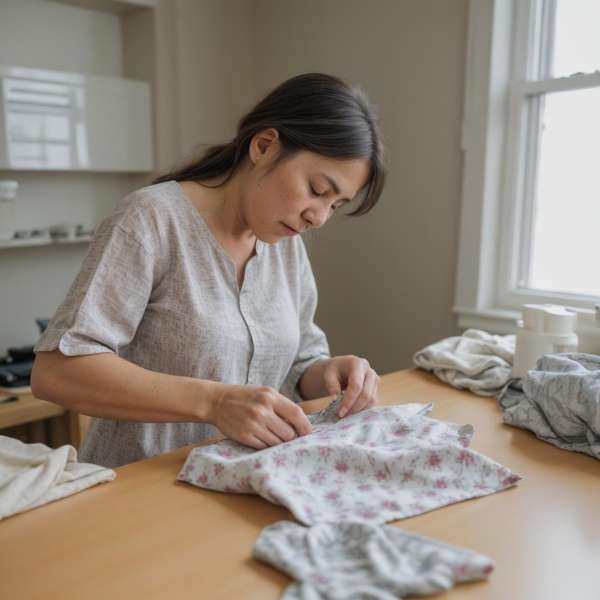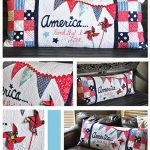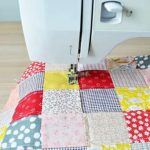
In recent years, there has been a growing awareness of the environmental impact of the fashion and textile industries. As a result, many people are turning to sustainable alternatives, including sustainable sewing. Sustainable sewing encompasses various practices aimed at reducing waste, conserving resources, and promoting ethical production methods. From choosing eco-friendly materials to repurposing old garments, sustainable sewing offers a pathway to a greener and more responsible approach to crafting. In this article, we’ll explore the principles of sustainable sewing and how you can incorporate them into your sewing projects.
Choosing Eco-Friendly Materials
One of the key aspects of sustainable sewing is selecting materials that are environmentally friendly. Opt for fabrics made from organic cotton, hemp, bamboo, or Tencel, which are produced using fewer chemicals and pesticides compared to conventional cotton. Additionally, consider using recycled fabrics, such as reclaimed denim or repurposed bed sheets, to give new life to old textiles and reduce waste.
Minimizing Waste
Another essential aspect of sustainable sewing is minimizing waste. Make the most of your fabric by carefully planning your projects and cutting patterns efficiently to reduce leftover scraps. Save smaller fabric remnants for future projects or incorporate them into patchwork designs. Additionally, consider alternative packaging options, such as reusable fabric bags or biodegradable packaging materials, to minimize waste in your sewing practice.
Ethical Production Practices
In addition to environmental considerations, sustainable sewing also emphasizes ethical production practices. Choose fabrics and supplies from companies that prioritize fair labor practices and transparent supply chains. Support local artisans and small businesses whenever possible, and consider making your own garments rather than purchasing mass-produced items from fast fashion brands.
Repurposing and Upcycling
One of the most creative aspects of sustainable sewing is repurposing and upcycling old garments and textiles. Instead of throwing away worn-out clothing, transform them into something new and stylish. Turn old jeans into a denim tote bag, repurpose a vintage tablecloth into a summer dress, or patch up worn areas on clothing with decorative stitching. Upcycling not only reduces waste but also adds a unique touch to your handmade creations.
Sustainable sewing is more than just a trend—it’s a mindset that promotes mindful consumption, environmental stewardship, and creative expression. By choosing eco-friendly materials, minimizing waste, supporting ethical production practices, and embracing the art of repurposing and upcycling, you can make a positive impact on the planet while indulging in your passion for sewing. So grab your needles and thread, and join the movement toward a more sustainable and eco-conscious approach to crafting.
Let’s sew our way to a greener future—one stitch at a time.




Leave a Reply